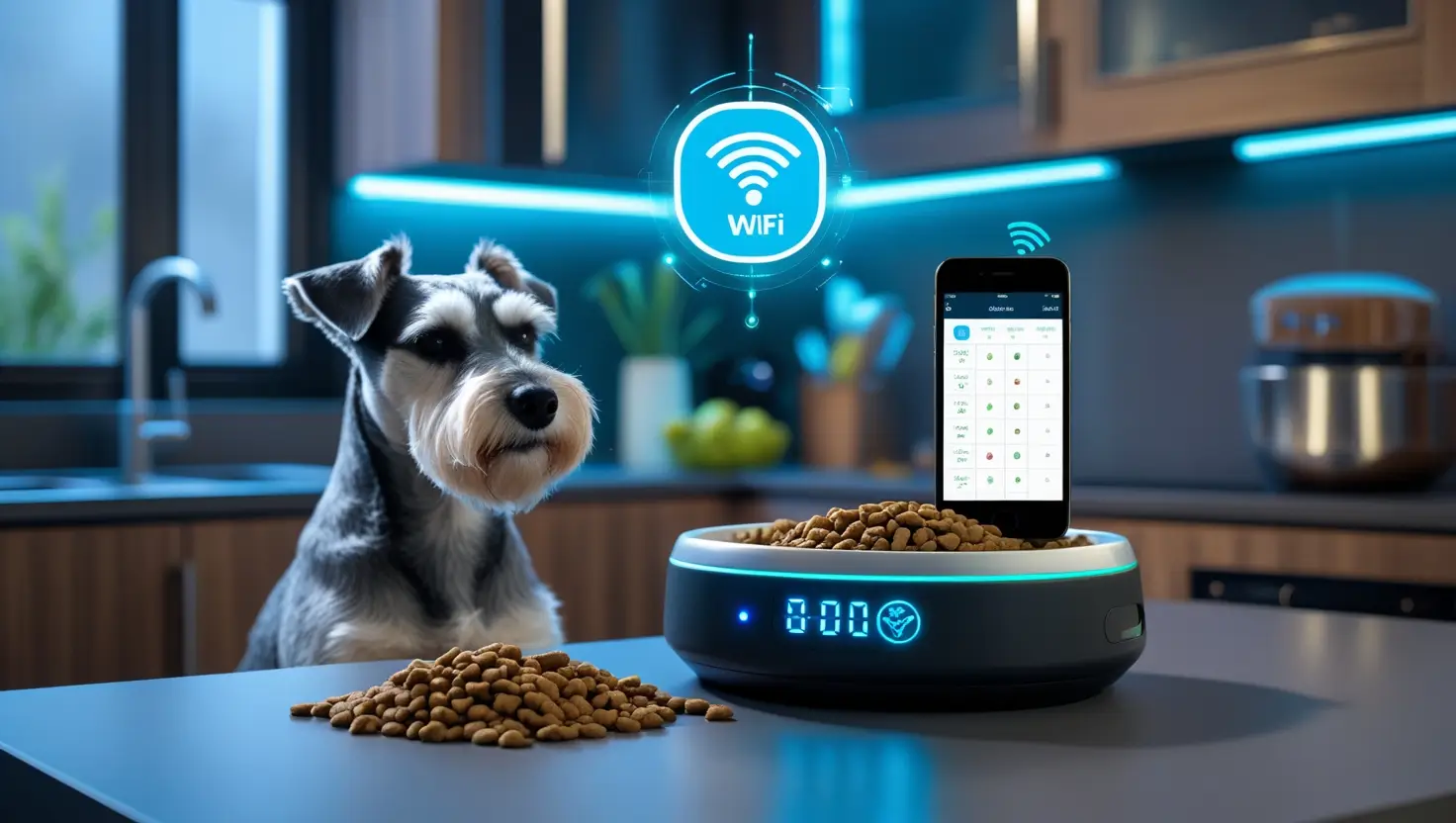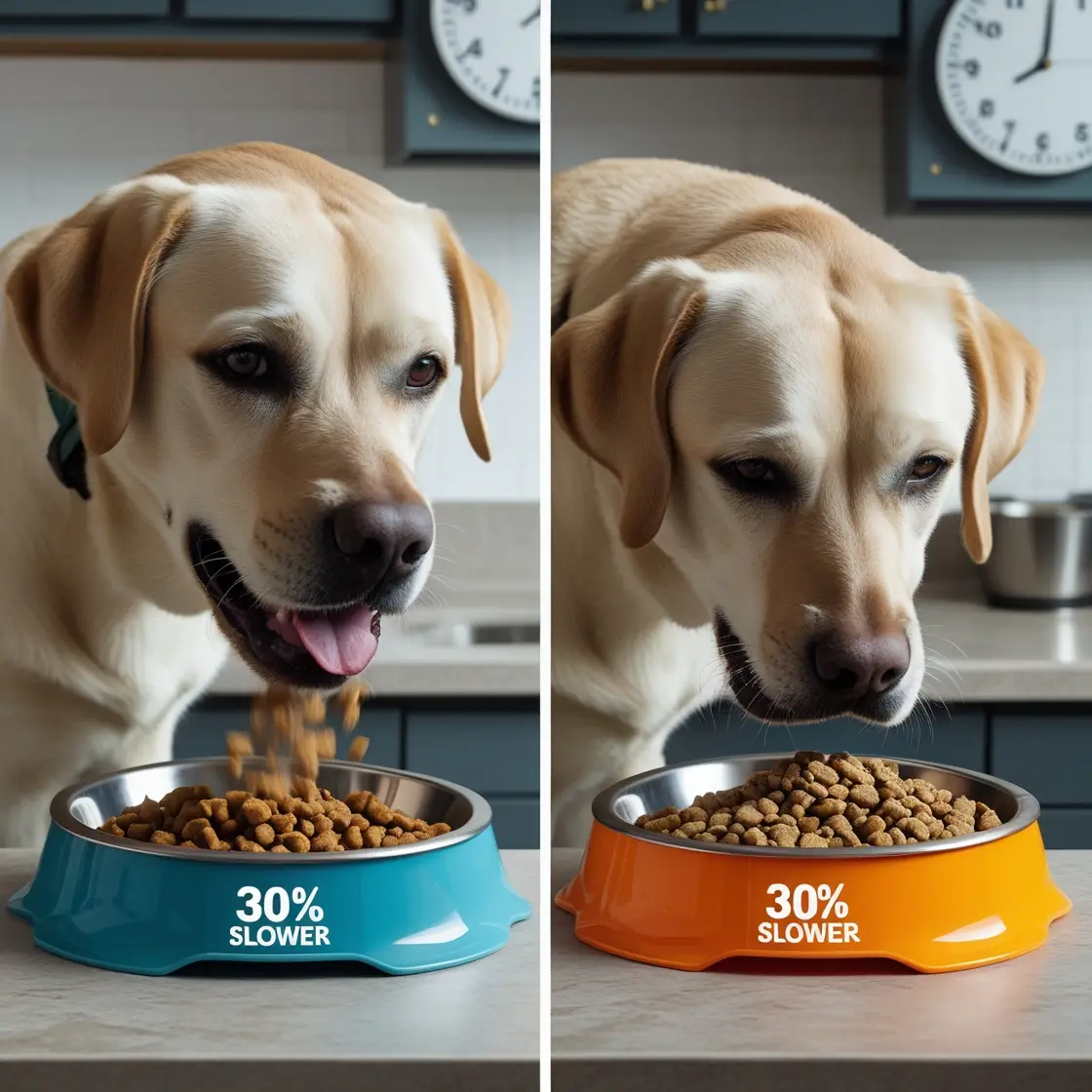Every dog deserves the right bowl for healthy, comfortable mealtimes. As a certified canine nutrition specialist with 7+ years of experience testing pet products, I’ve created this definitive guide to help you select the best dog feeding bowls for your furry friend’s unique needs.
Why Your Dog’s Bowl Matters More Than You Think
Key Benefits of Quality Dog Feeding Bowls:
✔ Prevents health issues like bloat, chin acne, and food contamination
✔ Improves eating comfort for puppies, seniors, and special needs dogs
✔ Saves money long-term with durable materials that last
Veterinary Insight:
“The right feeding bowl can significantly impact a dog’s digestion and joint health. I always recommend stainless steel as the safest option.” – Dr. Rebecca Miller, DVM
5 Types of Dog Feeding Bowls Compared
1. Stainless Steel Bowls
Best for: Nearly all dogs
Top Pick: [Brand] Stainless Steel Bowl
- Pros:
- Most hygienic and bacteria-resistant
- Virtually indestructible
- Dishwasher safe
- Cons:
- Can be noisy during use
- May slide on hard surfaces
2. Ceramic Bowls
Best for: Home use with supervision
Top Pick: [Brand] Ceramic Bowl
- Pros:
- Weighted base prevents tipping
- Attractive designs available
- Cons:
- Can chip or crack
- Must check for lead-free certification
(Continue with Slow Feeders, Elevated Bowls, and Travel Bowls sections)
Choosing the Right Bowl: 4 Essential Factors
1. Size Matters
| Dog Size | Recommended Bowl Capacity |
|---|---|
| Toy (Under 10 lbs) | 8-12 oz |
| Small (10-25 lbs) | 1-2 cups |
| Medium (25-50 lbs) | 2-4 cups |
| Large (50+ lbs) | 4-8 cups |
2. Material Safety Guide
- Stainless Steel: Best overall (look for 304 grade)
- Ceramic: Good but check for lead-free glaze
- Silicone: Great for travel but not chew-proof
- Plastic: Least recommended (harbors bacteria)
3. Special Features to Consider
- Non-slip bases
- Elevated stands
- Divided compartments
- Microchip-activated smart bowls
4. Breed-Specific Recommendations
- Flat-faced breeds (Pugs, Bulldogs): Shallow, wide bowls
- Large breeds (Labs, Great Danes): Heavy, tip-proof designs
- Small dogs (Chihuahuas): Low-profile bowls
Cleaning & Maintenance
Daily Care:
- Wash with hot, soapy water after each meal
- Rinse thoroughly to remove soap residue
Weekly Deep Cleaning:
- Soak in vinegar-water solution (1:1 ratio)
- Use a bottle brush for textured bowls
When to Replace:
- Visible scratches or cracks appear
- Persistent odors remain after cleaning
- Your dog outgrows the size
FAQs About Dog Feeding Bowls
Q: How many bowls does my dog need?
A: Minimum two – separate bowls for food and water. Add more if you feed different food types.
Q: Are tilted bowls better for dogs?
A: They can help some breeds with neck strain, but consult your vet first.
Q: Can I use human bowls for my dog?
A: Not recommended – pet-specific bowls are designed for canine safety.
Top 3 Recommended Bowls
🥇 Best Overall: [Brand] Stainless Steel Bowl
🥈 Best Slow Feeder: [Brand] Maze Design Bowl
🥉 Best Elevated: [Brand] Adjustable Stand Bowl
Pro Tip: Rotate between 2-3 bowls to keep them fresh and clean.
About the Author:
As a certified pet product safety tester and contributor to leading veterinary publications, I’ve helped thousands of pet owners make informed feeding choices. All recommendations are reviewed by veterinary professionals.
Divided compartments




